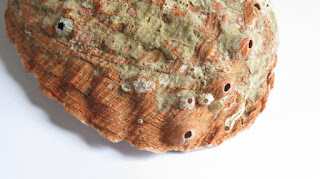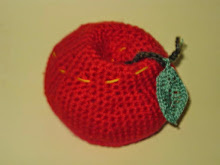Murex (2 varieties) Now these might need the Equation involving Number 9, or 18, which was discovered quite a while ago, on this blog.......one day we will try it........
-------------------------------------------------------------------------------
Some great specimens found in an old secondhand shop in Old Bathurst Rd, Katoomba, in the Blue Mountains west of Sydney.
-------------------------------------------------------------------------------------------
This one is a Conus.
This is also a Conus.
There is a Story - There was a time when certain rare Seashells were very much prized and sold for huge sums of money. One shell was Conus Gloria Maris -it looks much like the first one. They thought it was rare, Chinesec craftsmen made fakes out of paper and fooled many a collector....until there were many real shells found in an area of sea near the Phillipines.
One can find a list online of historical Personages who collected seashells. One is Fidel Castro who can dive and find his own in the pristine Coral Reefs around Cuba. A poor country, Cuba was forced to grow food organically because it was impossible to buy fertiliser---- thus the reefs are not damaged. Wonderful. We can Learn from Cuba. There are Staghorn Corals there which now occur nowhere else. The worry is that Cubans might take on Western methods--- and thereby lose their hard won assets of Marine Life........officialdom has much to answer for.
You can see a YouTube video of Cuba's coral reefs (Accidental Eden) shared on this very blog in previous post---
----------------------------------------------------------------------------

















